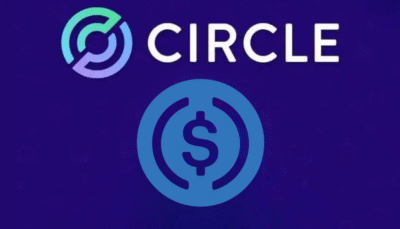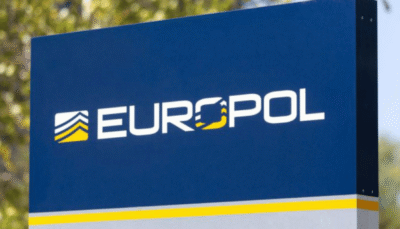Cardano has significantly boosted its standing in the DeFi space, achieving an exceptional rise in its Total Value Locked (TVL) by 13% in a matter of days.
It is no surprise that Cardano is becoming a contender considering the innovation and growth established within the ecosystem.
But what accounts for this growth? Let’s analyze the essentials driving ADA’s growth as well as the reasons the ecosystem attracts many investors and developers.
Cardano’s Growing Developer Activity Drives DeFi Expansion
At the heart of Cardano’s TVL surge is its vibrant developer ecosystem. Cardano’s diverse developer ecosystem is responsible for the increase in TVL, making it the core element behind the growth.
The platform is built on a foundation that allows the developers to invest significantly in infrastructure and build effective decentralized applications and smart contracts.
Through Cardano’s innovative EUTXO model, developers are guaranteed a secure infrastructure, which sets Cardano far ahead of its competitors like Ethereum.
The value of the ecosystem has significantly increased after several high-performance dApps and coins were made available via Cardano’s Plutus smart contracts.
As they support the platform’s TVL, well-known projects like Minswap and Indigo Protocol have begun to acquire traction. The Cardano developer community is also starting to embrace the use of Marlowe and Hydra scaling solutions that boost the transaction capacity of the network and reduce overall congestion.
Institutional Interest and Staking Mechanics Boost Confidence
Cardano is gaining popularity with institutional investors who view it as a potential platform in the DeFi space mainly due to its innovation and sustainability focus.
Recent government and organizational partnerships have indeed done much to carve out its reputation as a credible blockchain ecosystem.
The Cardano Africa initiative, along with partnerships with organizations like the Ethiopian Ministry of Education, demonstrates the platform’s real-world adoption, giving investors actual reasons to believe in its use cases.
The staking mechanism in Cardano also strengthens user trust, which increases network security. The Cardano ecosystem demonstrates robust community participation, with over 70% of ADA supply staked.
This high staking ratio secures the blockchain and rewards ADA holders, incentivizing more users to engage with the network and its DeFi protocols.

Emerging NFT and Bridge Integrations Attract Users
The spread of Cardano’s Defi coincides with its diversification into other blockchain features, such as NFTs and cross-chain integrations.
JPG Store and other platforms enjoy Cardano’s low fees and high transaction throughput for building a vibrant NFT marketplace. This has made many artists, collectors, and investors participate in NFTs and DeFi simultaneously.
Furthermore, value movement between networks is now straightforward because of the recent introduction of EVM-compatible bridges, which have made Cardano useful and accessible to Ethereum-based chains.
In addition to increasing liquidity, this enhanced compatibility gives consumers other ways to engage with Cardano’s DeFi services.
The Road Ahead for Cardano
With the launch of dApps, projects, and new partnerships, Cardano’s DeFi ecosystem is looking to explode. This growth is only the tip of the iceberg for what is in store. With more dApps, projects, and collaborations in progress, the Cardano base appears well set to strengthen its foothold in the DeFi area.
Long-term success, however, will depend on how interested developers are, how involved the community is, and how the market changes.
With Cardano’s expanding DeFi ecosystem, increasing staking participation, and strategic partnerships, its long-term trajectory looks promising. As blockchain adoption accelerates, Cardano is positioning itself as a leader in decentralized finance.
As Cardano continues to change the blockchain scene, keep an eye out for new developments. Discover Cardano’s full potential here.





